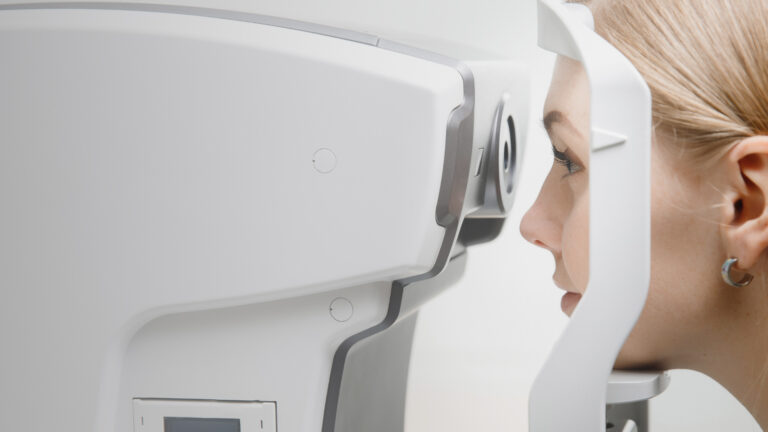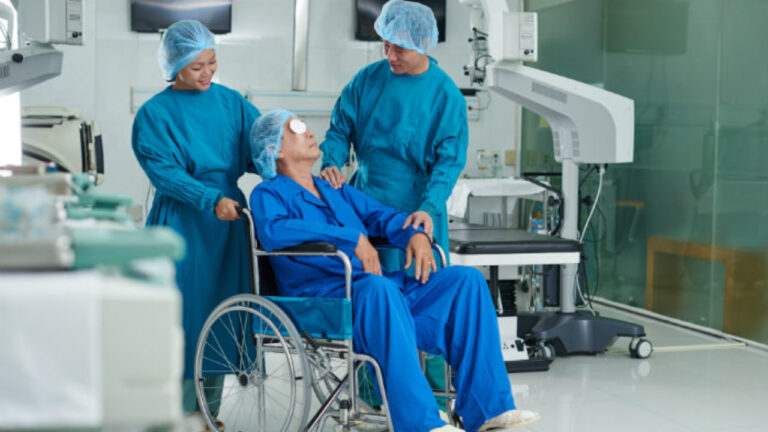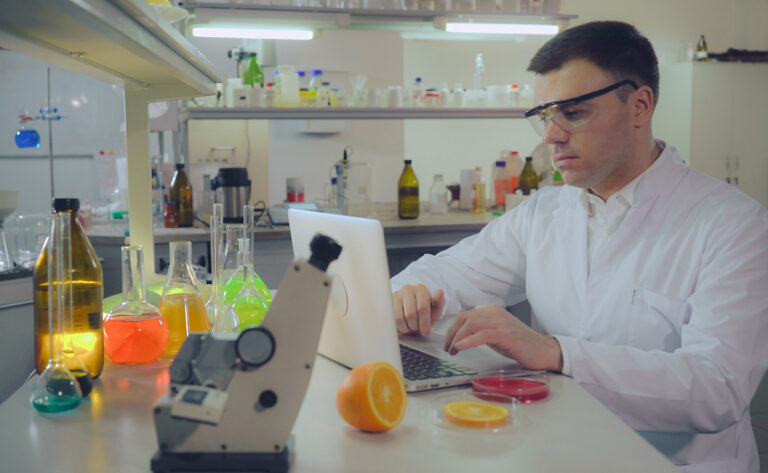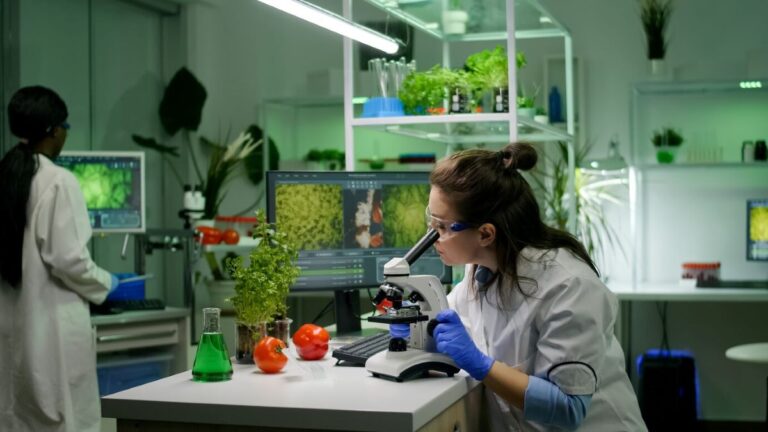
Cataract surgery, whether the surgery is done in the traditional way or with a laser, it has been proven to have a 98% success rate and has been safely performed on millions of patients. Cataracts are a frequent eye illness that cause the typically transparent lens to become opaque. Cataracts are similar to the cloudiness that results when a window becomes fogged or frosted. Cataracts have been found in about 25 million adults over the age of 40.
Cataracts are a common eye condition, and while there is currently no cure, there are a variety of effective treatments available, cataract eye surgery, either the traditional procedural surgery or the laser-assisted surgery, are the primary option for treating this condition, the use of corrective lenses are not successful in restoring your eyesight with cataract problem.
Nuclear cataracts, which affect the lens’s nucleus, cortical cataracts, posterior subcapsular cataracts, and congenital cataracts, all affect the lens’s periphery and centre, respectively (born with it). They are the most common cause of blindness in those over the age of 40.
In the past 35 years or more, lasers have rapidly evolved into one of the most important and helpful instruments for ophthalmologists and eye surgeons anywhere. Laser surgery has several advantages over more conventional forms of eye surgery for cataract, but it is not always the right option for everyone. This is why you have to see a professional and experienced doctor for your case to know what you need specifically.
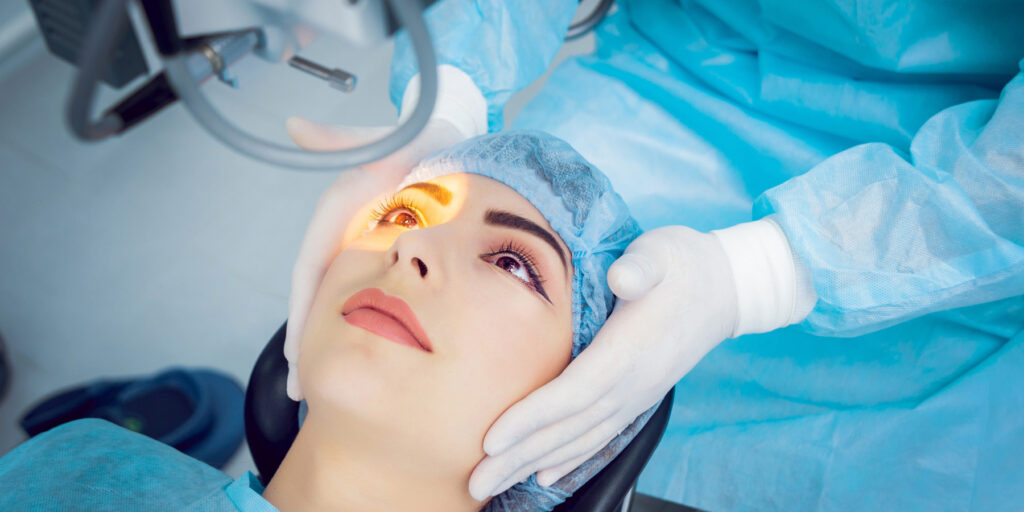
There are typically three phases to a Cataract Surgery.
In the first phase, a tiny cut is created in the cornea, the outermost layer of the eye. Next, an incision is made in the eye, and the natural lens is dismantled and disposed of. Third, an artificial lens called an intraocular lens is implanted via the incision to replace the natural lens.
Both conventional cataract surgery and laser cataract surgery have been shown to be safe, efficient, and very successful in treating cataracts. Neither is universally agreed to be safer than the other; rather, doctors choose between them on a case-by-case basis, using whatever they believe would have the most beneficial effect on their individual patients.
The success rate of cataract surgery is now between 98% and 99% depending on the technique used. Eye doctors have the last say on treatment options, although it’s evident that laser cataract surgery is safe when performed correctly.
The Traditional Cataract Surgery
Manual cataract extraction, also referred to as the “traditional” cataract surgery, involves the removal, and replacement of natural lens with an artificial lens, just as it is described above. The most notable distinction here is that an actual scalpel is used to cut through the eye’s outer covering. Before the development of lasers, this is how cataracts were removed.
Phacoemulsification is used to dissolve the cloudy lens. The natural lens is fragmented by your cataract surgeon using a portable equipment called a phaco probe.
The Laser Cataract Surgery
The aforementioned three procedural phases of cataract surgery are also involved in the laser-assisted cataract surgery. The term “laser-assisted” refers to the use of a laser by your eye doctor in both the removal of the natural lens and the incision made in the outer layer of the eye rather that the use scalpel and other tools in the traditional surgery.
Laser-assisted cataract surgery employs the same femtosecond laser technology as laser-assisted in situ keratomileusis (LASIK).
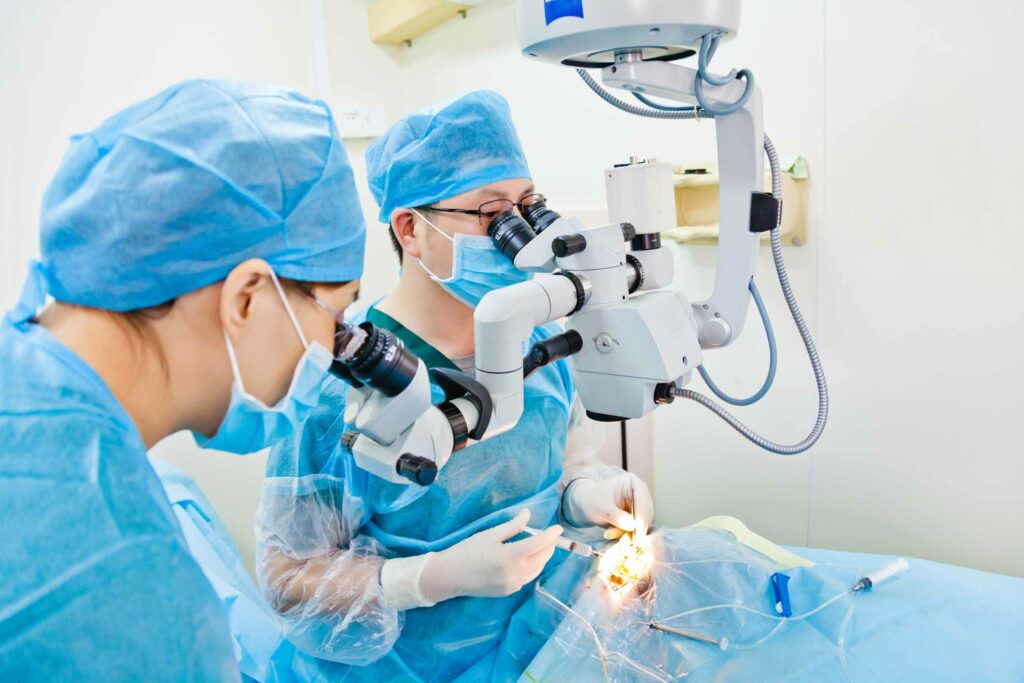
Comparison of Traditional Cataract Surgery and Laser Assisted Procedures
Whether it is the conventional cataract surgery or the laser-assisted cataract surgery that is the safer alternative has been the subject of several previous research. The two surgical approaches produced similar refractive and visual outcomes, contrary to common assumption.
The fact tact that there is no much difference in the outcome of the result should be a relieving news for anybody contemplating cataract surgery, as laser-assisted procedures are not always the best choice as most people thinks. The fact that both approaches are successful provides additional reassurance for the safety and efficacy of laser cataract surgery.
Obviously, most cataract doctors have a favoured approach, and this is something you should think about as well when deciding which sort of cataract surgery is ideal for you.
Therefore, it’s crucial that you adhere to your ophthalmologist’s instructions. The eyes of each individual are diverse, necessitating individualised strategies for treating eye conditions. Listen to your eye doctor’s orders if you value your sight.
Is There a Specific Timeframe in Which One Should See a Doctor for Cataract Surgery?
Early diagnosis is crucial for effective treatment and a speedy recovery from any eye illness. And that’s why, as soon as you see any indications of a cataract forming, you should make an appointment with your eye doctor. Symptoms will worsen if you delay treatment.
Cataract symptoms include foggy or fuzzy vision, seeing halos around lights, trouble reading in low-light surroundings, trouble seeing at night, double vision, recognising that colours are fading, increased nearsightedness, distorted vision in either eye, and many others.
In order to get the most out of your eye doctor session, it’s important to be forthright about any symptoms you’ve been experiencing. To diagnose a cataract, they’ll need to take a few different measurements. Once they’ve made a diagnosis, they’ll be able to talk to you about your treatment choices.
Get in Touch with an Eye Surgeons Right Away!
If you suspect you have a cataract, are experiencing changes in your vision, or haven’t seen your eye doctor in a while you should contact an eye surgeon near you as soon as possible. Your vision is a key to your success, and we’re here to help you maintain it.
Having cataracts obscure your eyesight can seriously impair your daily life. No one should ever have to go through life this way, but unfortunately, it’s a reality for countless people every year. Cataract surgery, both conventional and laser-assisted, is a safe and reliable treatment option.

